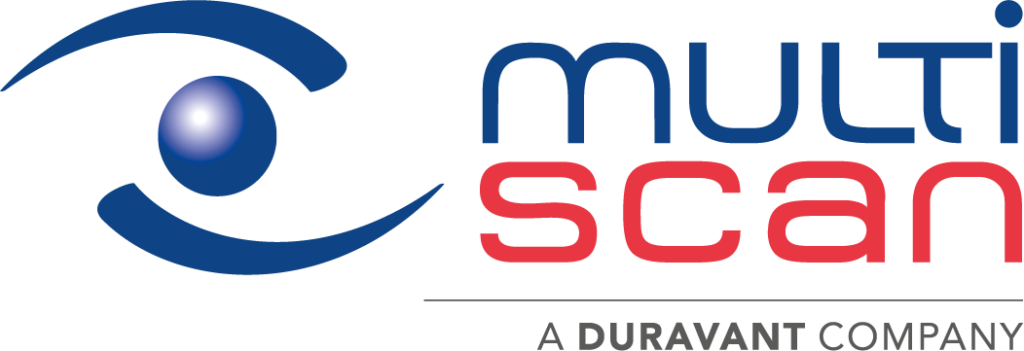The Duravant family of operating companies serve the food processing, packaging and material handling segments.
Productivity Tips
FMH Conveyors leads the industry with products that are built to deliver lasting conveyor performance in the punishing conditions often associated with shipping and receiving. It is our goal to build and deliver unrivaled performance to our customers and partners through leading product design, project delivery and exemplary service. That’s why we have people who work hard and products that work harder.
Below are some common productivity tips that will help you get the most out of our products.
General
- Keep the conveyor clean and dry.
- Report all wear or damage immediately and discontinue use.
- Regular servicing by an appropriately trained technician will extend the life of your equipment.
- Always use FMH Conveyor original spare parts and components to ensure safe and correct operation.
Flexible Gravity Conveyors
- Keep the conveyor clean of debris and do not store conveyors outdoors.
- Periodically check the carton motion on the conveyor to ensure proper and smooth performance.
- Carefully inspect the conveyor for loose or worn components that need to be tightened or replaced.
- For safety, always replace damaged or worn parts immediately before using the conveyor.
- Some of our conveyors have links that use lock nuts, shoulder bolts and disc springs at each connection. If loose, torque the lock nuts and fasteners to between 70 and 80 lb-in (7.9 – 9.0 N-m). If necessary, replace all worn lock nuts. NOTE: Do not over-tighten fasteners as it may prohibit proper operations.
- If your conveyor has locking casters, ensure they are locked before using the conveyor.
- If your conveyor is using couplers to connect sections together, ensure couplers between conveyor sections are secure before operating the conveyor.
Flexible Powered Conveyors
- Keep the conveyor clean of debris and do not store conveyors outdoors.
- Periodically lubricate all slotted components with a lightweight lubricant to ensure smooth and easy operation.
- Inspect wires and cables for damage. If damage to wires or cables is found, disconnect the power cord immediately and do not operate the unit until proper repair is completed.
- Inspect belts for wear. Replace excessively worn belts.
- Inspect sidebar nuts and bolts for looseness or missing parts. Tighten or replace as needed.
- Verify all start/stop/e-stop push-buttons operate properly.
- Test ground fault operation by pressing test button.
Rigid Belt Drive-Out Conveyors
- Keep the conveyor clean of debris and do not store conveyors outdoors.
- Inspect belts for wear and proper tracking.
- Make sure photoeyes are clean and unobstructed.
- Inspect all bearings for leaking seals or other early signs of failure (conveyor belt rollers and rear axle pillow blocks).
- Check chain tension on the rear axle drive.
- Visually inspect floortrack and flexible cable carrier and cables to ensure proper working order.
- Test all EMERGENCY STOP switches to verify proper operation.
- Oil in the motorized head pulley is to be monitored and changed per owner’s manual specification.
- All of the above maintenance inspections should be conducted daily.
Rigid Roller Drive-Out Conveyors
- Keep the conveyor clean of debris, dirt and grease accumulations.
- Do not store conveyors outdoors.
- Make sure all guards and caution decals are in place and secure.
- Test all Emergency Stop switches and Bumper Stop Switches to verify proper operation.
- Ensure photoeyes are clean and unobstructed.
- Clean floor track of debris or other objects that may interfere with electrical cable carrier.
- Inspect roller drive belts for wear. Replace excessively worn belts.
- Verify the extend and retract limit switches stop the conveyor at both ends of travel.
- Check drive chain tension.
- Test the conveyor pull-out extension brake. Adjust as needed.
- Inspect the electrical cable carrier running in floor track for damage from foreign objects.
- Inspect the conveyor bed DC motor brushes. Replace as needed.
Telescopic Conveyors
- Check for obvious signs of damage to belts, sides, operator stations, hydraulic tilt, e-stop functionality and the extension stop bar.
- Check all hydraulics and motors for indication of oil leaks.
- Check all paths of movements for possible obstructions.
- Prior to operation, conduct a visual inspection of the general condition of the conveyor’s exterior.
- Once a week, operate the conveyor through all functions and observe the following:
- Belt is properly tracking in all positions.
- Check for signs of damage on the sides of the conveyor.
- Listen for indications of abnormal internal operations.
Conduct a three hour complete inspection quarterly on the electrical panel, chains, electrical cables, friction clutches, sprockets, telescopic drive shaft, traverse drive and pulleys, gear motors, hydraulic tilt system and belt return rollers.








